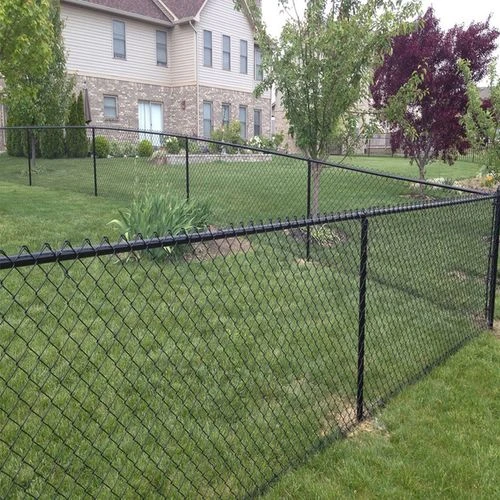 TEL:
+86-13102802206
TEL:
+86-13102802206
 Email:
fencenetting@china.com
Email:
fencenetting@china.com
 Language
Language
 TEL:
+86-13102802206
TEL:
+86-13102802206
 Email:
fencenetting@china.com
Email:
fencenetting@china.com
 Language
Language


The Temporary Boundary Wall A Protector and Divider
In an ever-evolving world where privacy and security are paramount, the concept of a temporary boundary wall has gained significance across various domains, from construction sites to private residences. Temporary boundary walls serve as essential structures that not only delineate space but also provide protection and peace of mind. Understanding their purpose, applications, and benefits can shed light on their vital role in modern society.
Understanding Temporary Boundary Walls
A temporary boundary wall is a structure erected for a limited duration, often used for specific purposes such as security, privacy, and demarcation of property. Usually constructed from materials like wood, metal, or fabric, these walls can be erected quickly and taken down just as easily. Unlike permanent walls, which require extensive planning, permits, and significant investment, temporary walls are a cost-effective solution for various situations.
Applications and Use Cases
The applications of temporary boundary walls are diverse
. In the construction industry, for example, they are commonly used to secure building sites. These walls prevent unauthorized access, protecting both workers and equipment, while also mitigating the risks of theft and vandalism. Similarly, event organizers often use temporary walls to create festival or concert sites, effectively managing crowds and defining event boundaries.In residential settings, homeowners might opt for a temporary boundary wall during renovations to ensure privacy and security for their property. Such barriers can keep curious onlookers at bay and reduce potential disturbances, creating a haven in the midst of construction chaos. Additionally, temporary walls are often employed during political events, protests, or public gatherings to manage and control crowds, ensuring safety for both participants and bystanders.

Benefits of Temporary Boundary Walls
The benefits of temporary boundary walls extend far beyond mere security and privacy. One of the most significant advantages is versatility. These walls can be customized according to the specific needs of a project or event. For instance, different materials and designs can be selected to match the aesthetic requirements or functional demands, making them adaptable to various environments.
Moreover, temporary boundary walls also contribute to environmental sustainability. Many modern options are made from recyclable materials, reducing the ecological footprint of a construction project or event. Their reusable nature means that they can be disassembled and relocated, aligning with the principles of sustainable development and responsible resource management.
Another crucial benefit is the speed of deployment. In emergency situations where rapid action is needed, such as natural disasters or urgent construction projects, temporary walls can be installed swiftly to provide immediate security and functionality. This agility enhances safety and reduces the potential for damage or liability.
Conclusion
In conclusion, temporary boundary walls are much more than simple dividers; they are essential tools in a variety of applications that cater to the ongoing need for security, privacy, and efficiency. From construction sites and events to residential areas, their role cannot be understated. Their adaptability, sustainability, and rapid deployment make them a favored choice in a world that values flexibility and security. As we continue to face challenges related to safety and privacy in an increasingly crowded and complex world, the importance of temporary boundary walls will only continue to grow.